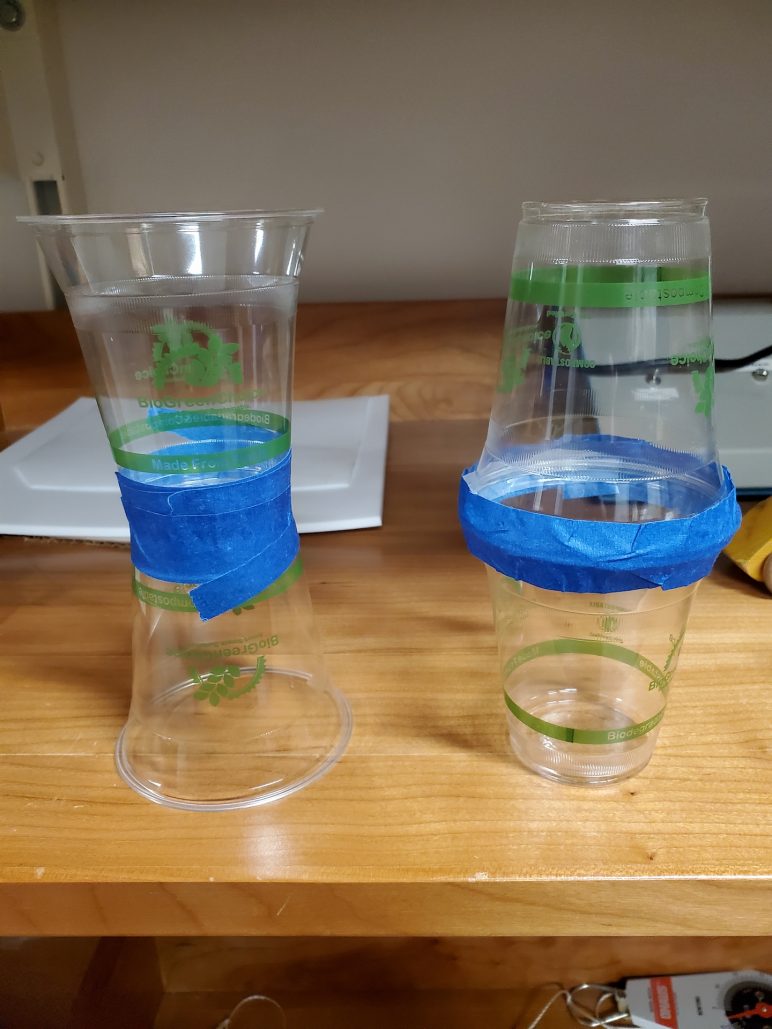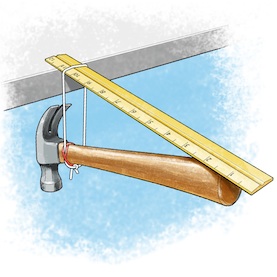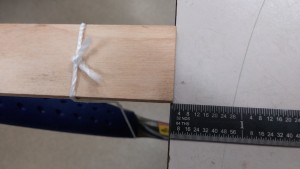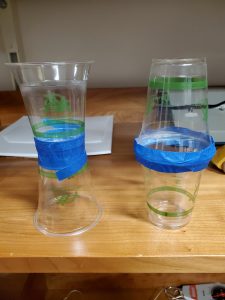Skip to content

- Cups taped together in two different orientation can be used to discuss stability and why train wheels are shaped the way they are.
- Although the set with the bottoms taped together is stable on a surface when stationary, it isn’t stable when rolling down an optical rail. The reason has to do with the effective size of the circle in contact with the rail on each side of the taped cups.
- The set with tops taped together is stable when rolling and has a similar shape to train wheels, showing how train wheels are constructed for stability.
- Original idea and deeper explanation available through this video
- Cups located in L02, section B-4. Use an optical rail from L35.




- Hammer balances in a manner that appears impossible, but does so because 1) center of mass is not beyond edge of table, and 2) angular displacement of hammer increases potential energy of system, meaning system is stable. Stick end can be pushed very close to table edge, as seen in above photo.
- Demo located in L02, section B4


- Purpose: Demonstrate principles of stability.
- Balance styrofoam block (with pencils removed) on pvc cylinder
(non-velcro side to non-velcro side). Block is stable if balanced wide-base-down, and unstable if balanced thin-base-down. To demonstrate the relationship between the stability of the block and the location of its center of mass: insert a pencil into the block, as shown above; place the block onto the cylinder (velcro to velcro) such that the pencil makes contact with the attached paper; carefully rock the block back and forth to get a smooth pencil trace on the sheet of paper. The pencil trace represents the height of the block’s center of gravity as a function of angle. (The velcro simply keeps the block from slipping while making your trace). In theory, the block should balance if the height of the block is smaller than the diameter of the cylinder, and shouldn’t balance if the height of the block is larger than the diameter of the cylinder (assuming density of block is uniform).
- Located in L02, section B4







